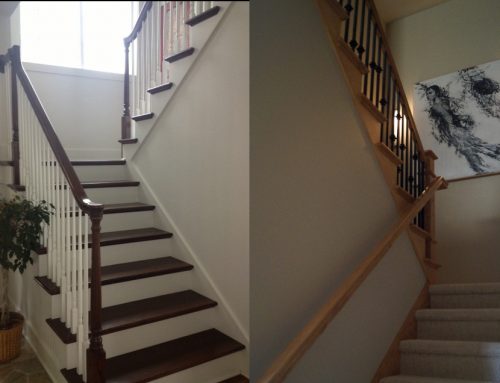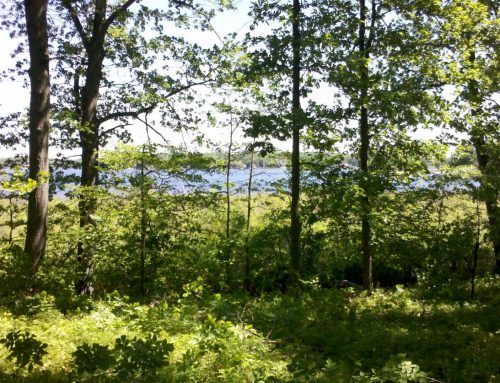While establishing the features you want to include in the construction of your new home, cottage or remodeling project, the type of siding to be used will need to be addressed. Obviously the type of material and color of the siding you select will have a tremendous impact on the curb appeal of your home, so it is advisable to educate yourself on the different products available.
Prior to deciding on a siding product, there are some general considerations that you need to address that will be helpful in your decision making process.
Since siding is exposed to weather extremes as well as ultraviolet rays, maintenance is undoubtedly one of the most important factors to consider while making your selection. The amount of ongoing maintenance required ranges from virtually zero to bi-annual for some materials.
Architectural control will also factor into your decision making process if you are building or remodeling in a platted subdivision. There are most likely restrictive covenants for the subdivision that specifically establish what type of material and, in some instances, color of siding that is allowed to be installed on a new home or remodeling project. The covenants will sometimes specify what material may be used on the front of the home and this may differ from what is allowed on the sides and rear of the home.
Cost, as is the case with any product, is certainly something that needs to be considered. The type of material and the labor to install the siding contribute to the overall cost of any particular siding as well as the material and labor to paint or stain the siding if that is required.
The following is a list of siding options that are commonly installed on new and remodeled homes in this area:
- Vinyl Siding
Vinyl is a very cost effective material to select as siding for your home and it has very low maintenance requirements. This siding comes in various styles such as lap, simulated shake and vertical board and batten. Vinyl also comes in varying thicknesses, colors and wood-graining which will influence the cost of this product.
- Cedar Siding
This product is priced mid-range and requires more maintenance than vinyl but most would agree that the appearance – when maintained – is significantly better. This siding is available in the same styles as vinyl but is more flexible than vinyl when it comes to application on unique architectural features such as curved walls.
- Fiber-Cement Siding
This siding is priced slightly higher than cedar and this product is the preferred “natural” material by our customers by a fairly wide margin. While this material needs to be painted and cedar needs to be stained, the ongoing maintenance for fiber-cement siding is less than that of cedar. Most styles are available in the fiber-cement siding but it is slightly less accommodating than cedar to some architectural conditions.
There are obviously other products available to be used for siding on your home such as aluminum, steel or engineered wood products. These are not used with as much frequency as vinyl, cedar or fiber-cement for reasons ranging from high labor or material cost to unproven performance in this region.
Space does not allow for a complete list of things to consider when choosing the siding material and style that is the best fit for your new home or remodeling project. We would be happy to discuss this decision in more depth as you develop the list of features you would like to include in your project.


